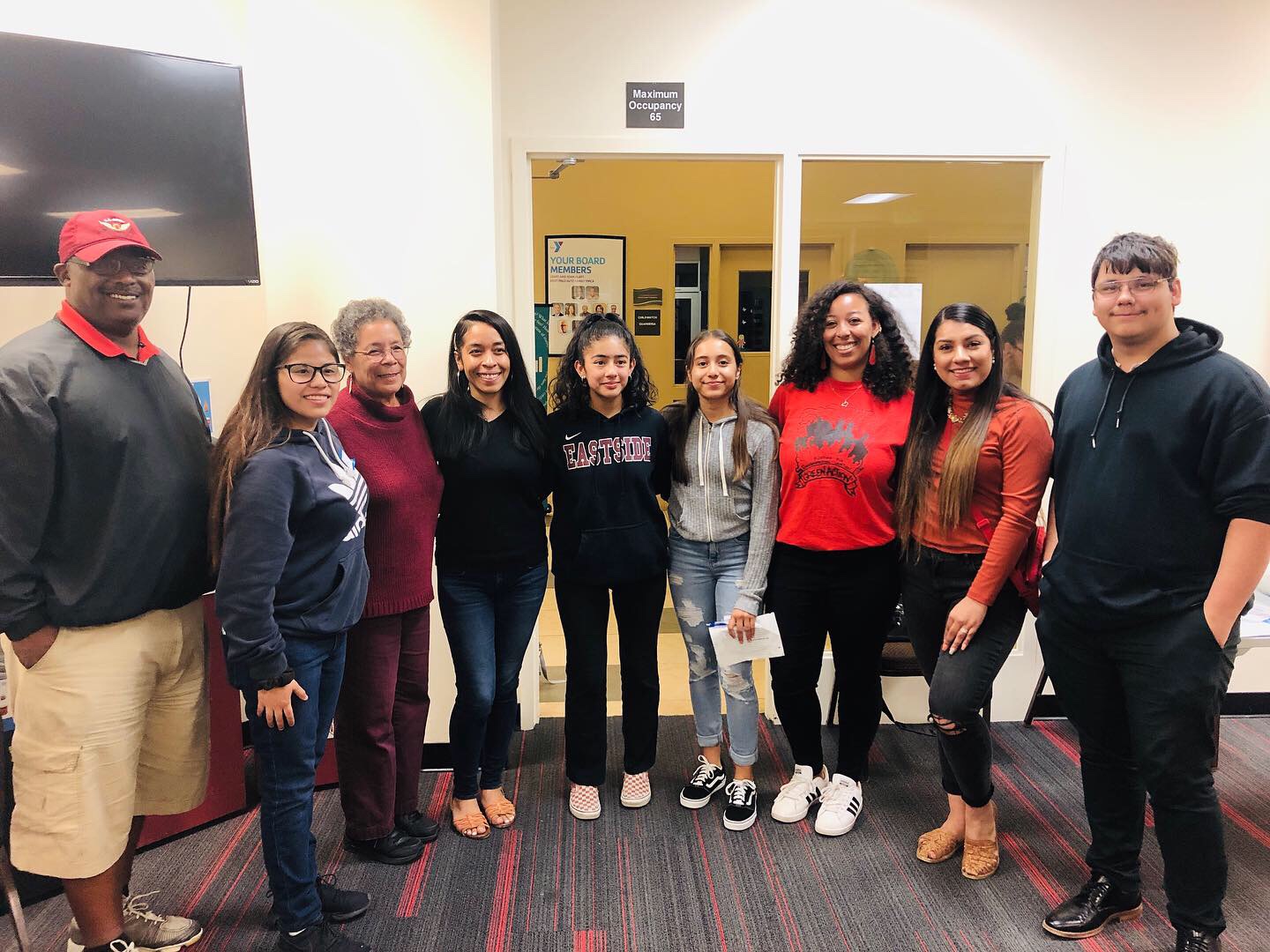EAST PALO ALTO, CALIFORNIA
East Palo Alto is a city in San Mateo County, California. According to the US Census, in 2018 the population of East Palo Alto was 29,519 people. It is situated on the San Francisco Peninsula, roughly halfway between the cities of San Francisco and San Jose. East Palo Alto has a very diverse population. Latinx persons are about 61%, 15.6% Black/African American, Pacific Islander about 11%, Asian 7.2%, White 7.2%. The median household income is only $58,783 with almost 17% living in poverty.
For most of its history, East Palo Alto (EPA) was an unincorporated city within San Mateo County until 1983. However, the area historically regarded as East Palo Alto was much larger than the city’s current 2.5 square miles. Large tracts were annexed by Menlo Park and Palo Alto from the late 1940s to the early 1960s.
The original inhabitants were Ohlone / Costanoan Native Americans. Spanish ranchers took over, followed by Caucasian speculators and settlers. For a time, Chinese laborers were prevalent. Asian and Italian flower growers preceded the flood of middle-class Caucasians drawn to post-war housing developments. East Palo Alto later became the largest African American community on the peninsula. Today the city possesses a multi-ethnic population which includes a large number of Hispanics and Pacific Islanders.
For several decades, a company called Romic operated a hazardous waste facility that harmed its workers and polluted the community. Two community groups – Ujima Security Council and Youth United for Community Action – led the fight to close this polluter down. Greenaction worked closely with the community groups in this long but ultimately successful campaign.
Greenaction is now working with Youth United for Community Action (YUCA) and Sustainable Silicon Valley (SSV) on an air quality and traffic project. East Palo Alto is a primary traffic artery in Silicon Valley. However, eighty percent of the traffic in EPA is “pass through” traffic, meaning EPA is not the destination. Traffic is a major contributor to poor air quality in EPA. Residents in EPA have many health issues, particularly respiratory issues. Kids in East Palo Alto have asthma attacks 2 1/2 times more often than other kids in San Mateo County. Life expectancy in EPA is almost 13 years less than in the surrounding region.
YUCA & Greenaction Tackle Traffic and Air Quality in East Palo Alto

Greenaction for Health and Environmental Justice, Youth United for Community Action (YUCA) and Sustainable Silicon Valley (SSV) have been collaborating on the SmartTA (Traffic Analytics) project to analyze the correlation between East Palo Alto’s extremely congested traffic and air quality. With East Palo Alto (EPA) being bordered by major highways like highway 101 and the Dumbarton Bridge and bordered by companies such as Facebook and Amazon, 80% of the town’s excessive number of cars are pass through traffic. This means that 80% of the cars do not come from EPA and the destination of the cars is not EPA. EPA has asthma rate 2-4x higher than their neighbors Menlo Park and Palo Alto. The community residents have repeatedly complained about not being able to drive through their community in a reasonable time. What should take 5 mins to get across the 2.5 square mile town, now takes 20 to 30 minutes and sometimes an hour plus depending on the time of day. The traffic is not contained to University Avenue and there is traffic spillage on to residential streets.
SSV has installed 3 air monitors in EPA to measure Particulate Matter 2.5 and 10 (PM2.5, PM10) as well as gaseous such as ozone, carbon monoxide, nitrogen dioxide and sulfur dioxide. High concentration of PM2.5 can cause various health affects such as respiratory issues and cardiovascular issues. Health effects of high concentrations of the gaseous can vary between increase in asthma, dizziness, respiratory diseases and death.
YUCA with support of Greenaction has conducted outreach to educate the community about the project. YUCA and Greenaction conducted a 2-day youth academy from October 14th to the 15th to get 5 local youth involved in the project and in outreach. They learned about the history of activism in EPA, environmental justice principles and tools to help them conduct outreach throughout the community. They also participated and presented at the SmartTA community event that happened on October 4th, 2019. YUCA, Greenaction and SSV coordinated the community event to better inform residents about the project and discuss their concerns regarding traffic, air quality and health. YUCA and Greenaction will continue to be the vehicles to deliver information to residents of EPA as data is collected and analyzed. If the data does indeed support the notion that EPA’s air quality is poor-which is what many EPA residents have experienced-YUCA and Greenaction will use this data as a tool to advocate for change in order to improve the air quality in East Palo Alto.